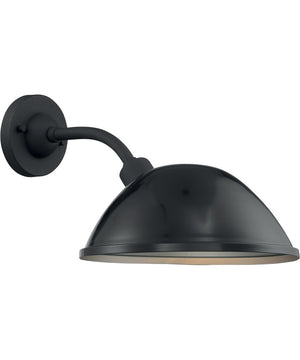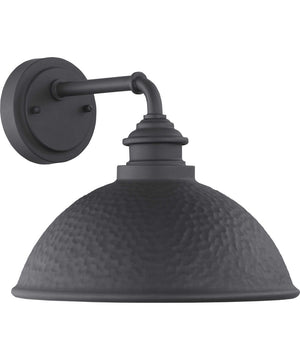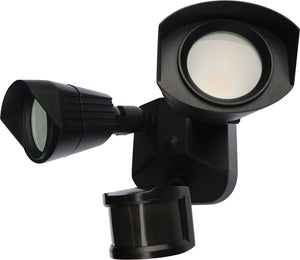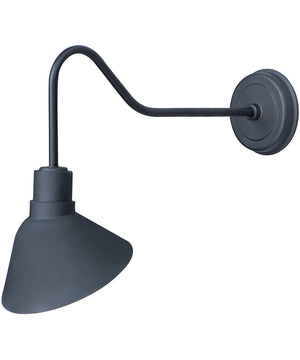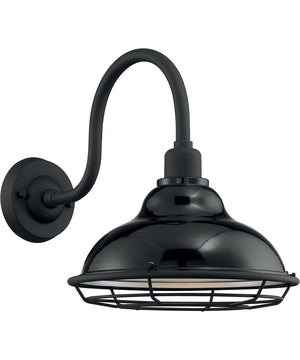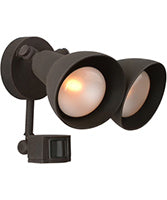Dark-Sky Outdoor Lighting Page 4
Promotions
Popular Categories in Dark-Sky Outdoor Lighting
Dark-Sky Outdoor Lighting Page 4
Rediscovering the Night: The Profound Impact of Dark Sky Lighting
In an era where artificial illumination has become ubiquitous, the concept of darkness seems to be fading from our collective consciousness. Urban landscapes pulsate with light, casting an ethereal glow that extends far beyond city limits. While this illumination undoubtedly offers a sense of security and convenience, it comes at a considerable cost – the loss of our natural night sky. This phenomenon, often referred to as light pollution, not only diminishes our connection to the cosmos but also disrupts ecosystems and has significant implications for human health and well-being.
Dark sky lighting emerges as a beacon of hope in this increasingly illuminated world. By minimizing upward light emissions and employing energy-efficient technologies, this innovative approach to lighting design seeks to restore the natural rhythm of day and night. It aims to strike a delicate balance between human needs and the preservation of the night sky, ensuring that future generations can still marvel at the celestial tapestry that has inspired and guided humanity for millennia.

Light Pollution: The Silent Killer?
Why Dark Sky Compliant Outdoor Lighting Matters?
By adhering to dark sky compliance measures and implementing dark sky compliant outdoor lighting, we can mitigate the harmful effects of Over-illumination and ensure a healthier future for all. These measures involve using shielded fixtures that direct light downward, minimizing unnecessary lighting, and utilizing warmer color temperatures that are less disruptive to natural cycles. Dark sky compliant outdoor lighting focuses on using the right amount of light, in the right place, at the right time. This includes opting for fully shielded fixtures to minimize light trespass and glare, choosing warm white or amber LEDs with a color temperature of 3000K or lower, and utilizing motion sensors or timers to ensure lights are only on when needed.
It's a small change that can make a world of difference for the health of our planet and ourselves.
Dark Sky Friendly Lighting: Mastering the IDA's Five Key Principles
The Five Principles for Responsible Outdoor Lighting, developed jointly by the International Dark-Sky Association (IDA) and the Illuminating Engineering Society (IES), provide a framework for minimizing light pollution and promoting effective and sustainable outdoor lighting practices. These principles are:

Useful: Light should have a clear purpose. Before installing or replacing lighting, consider whether it is truly necessary and how it will impact the surrounding area, including wildlife and the environment. Explore alternatives like reflective paint or self-luminous markers where possible.
Targeted: Direct light only where it's needed. Utilize shielding and careful aiming to focus the light beam downwards, preventing it from spilling beyond the intended area. Advances in LED technology enable better optical control for more precise lighting.
Low Level: Use the lowest light level required for the task. Be mindful that certain surfaces can reflect light into the night sky, increasing light pollution. The goal is adequate illumination without excessive brightness or glare.
Controlled: Light should be used only when and where it's needed. Implement controls like timers, motion sensors, or dimmers to reduce energy consumption and minimize light pollution during off-hours or when areas are unoccupied.
Warm Colored: Utilize warmer color temperatures (generally 3000K or lower) whenever possible. Warmer light is more natural and less disruptive to human and wildlife circadian rhythms. Limit the use of blue-rich white light to essential applications.
Adhering to these principles helps to create outdoor lighting that is both functional and environmentally responsible. It reduces light pollution, protects the night sky, conserves energy, and minimizes negative impacts on wildlife and human health.
By adopting these guidelines, individuals, communities, and businesses can contribute to a more sustainable and beautiful nighttime environment for everyone to enjoy.
The Benefits of Dark Sky Lights
Dark sky lights offer a holistic solution to these challenges. It focuses on using shielded fixtures that direct light downward, minimizing upward emissions. By strategically placing lights and utilizing technologies that minimize glare and blue light content, this approach ensures that light is used efficiently and effectively, without compromising visibility or safety. The benefits of this approach are manifold:
Preservation of the Night Sky: By minimizing light pollution, dark sky lights restore the natural splendor of the night sky, allowing us to reconnect with the cosmos and experience the awe-inspiring vastness of the universe.
Ecological Harmony: Dark sky lights help to mitigate the negative impacts of artificial light on wildlife, promoting healthy ecosystems and biodiversity.
Energy Efficiency: Dark sky light systems typically use less energy than traditional lighting, leading to significant cost savings and reduced carbon emissions.
Improved Human Health: By reducing exposure to artificial light at night, dark sky lights promotes healthy sleep patterns and reduces the risk of health problems associated with melatonin suppression.
Enhanced Aesthetics: Dark sky compliant outdoor lighting enhances the visual appeal of urban environments by reducing light clutter and promoting a sense of tranquility and well-being.
Implementing Dark Sky Outdoor Lighting
The transition to dark sky outdoor lighting requires a collaborative effort involving urban planners, lighting designers, policymakers, and the general public. While the initial investment in new fixtures and technologies may seem daunting, the long-term benefits outweigh the costs. Several strategies can facilitate the widespread adoption of dark sky outdoor lighting:
Community Engagement: Raising awareness about the benefits of dark sky outdoor lighting and its potential impact on human health and the environment is crucial. Public outreach programs, workshops, and educational campaigns can help garner support and encourage participation in dark sky initiatives.
Policy and Regulation: Local governments can play a pivotal role by enacting ordinances and regulations that promote the use of dark sky compliant lighting in public spaces, commercial areas, and residential developments.
Technological Innovation: Ongoing research and development in lighting technologies can lead to the creation of more energy-efficient and effective dark sky fixtures, making them more accessible and affordable for widespread use.
International Collaboration: Dark sky preservation is a global concern. Collaboration between nations and international organizations can facilitate the sharing of knowledge, resources, and best practices in dark sky lighting implementation.
Conclusion
The night sky is a shared heritage that belongs to all humanity. Its preservation is not just a matter of aesthetics or scientific curiosity; it is fundamental to the health of our planet and our own well-being. Dark sky lighting offers a powerful tool to reclaim the night, restore balance to our ecosystems, and promote a more sustainable and harmonious relationship with our environment. If you're looking to make a positive change, find a wide selection of dark sky compliant lighting solutions at LampsUSA.com. By embracing this approach, we can ensure that future generations will continue to be inspired and awed by the celestial wonders that have captivated humanity for millennia.















